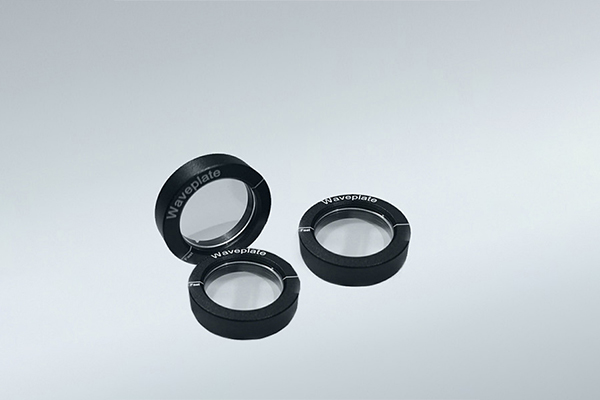Introduction
Wave plates, also known as retarders, are important optical components used to control the polarization state of light. These devices are indispensable in a wide variety of applications, including telecommunications, microscopy, spectroscopy, and laser systems. In this article, we will explore the complexities of wave plates, their types, applications, and their operating principles. We will also delve into products from leading wave plate manufacturer MOK Optics and emphasize the importance of selecting the right wave plate for your specific needs.

What is a wave plate?
Wave plates are optical components made of birefringent materials, most commonly quartz crystal. Birefringent materials have different refractive indices for light polarized in different directions. This property enables wave plates to separate incident unpolarized light into parallel and orthogonal components, thereby changing the polarization state of the beam without attenuating or shifting it.
Key Terms and Concepts
Birefringence: A property of a material where the refractive index varies with the polarization and direction of propagation of light.
Fast and Slow Axis: Light polarized along the fast axis has a lower refractive index and therefore travels faster than light polarized along the slow axis.
Retardation: The phase shift between the component polarized along the fast axis and the component polarized along the slow axis. Retardation is measured in degrees, waves, or nanometers.
Waveplate Types
There are many different types of waveplates, each designed for specific applications and performance requirements. The most common types include:
1. Multi-Order Waveplates
These waveplates consist of a single waveplate and are more sensitive to wavelength and temperature variations. They are cost-effective and suitable for use with monochromatic light in controlled environments.
2. Achromatic Waveplates
Achromatic waveplates are designed to provide consistent retardation over a wide spectral range. They are made from two different materials, such as quartz crystal and magnesium fluoride, to minimize chromatic dispersion.
3. True Zero-Order Waveplates
True zero-order waveplates are ultra-thin waveplates made from a single birefringent material. They offer excellent retardation stability against wavelength drift and temperature changes, but their thinness can make handling and installation difficult.
Waveplate Applications
Waveplates are versatile tools used in a variety of optical applications. Here are some common uses:
Rotating Linear Polarization: Half-wave plates can rotate the polarization of a beam, which is useful in systems where a specific polarization orientation is required. Conversion between Linear and Circular Polarization: Quarter-wave plates can convert linearly polarized light into circularly polarized light, and vice versa.
Optical Isolation: By combining wave plates with polarizers, optical isolation systems can be created to prevent feedback in laser systems.
MOK Optics: Leading the Way in Wave Plate Production
MOK Optics is known for producing a wide range of wave plates to meet a variety of customer needs. Its products include:
Multi-order wave plates: Affordable and suitable for monochromatic light applications.
Zero-order wave plates: Highly stable over temperature and wavelength variations.
Achromatic wave plates: Ideal for applications requiring broad wavelength coverage.
Choosing the Right Wave Plate
Choosing the right wave plate depends on a variety of factors, including the desired retardation, wavelength range, and environmental conditions. Here are some considerations:
Application Requirements: Determine the specific needs of the optical system, such as the desired polarization state and stability.
Material Selection: Select the material based on the wavelength range and power levels involved in the application.
Environmental Conditions: Consider temperature and wavelength variations that may affect wave plate performance.
Conclusion
Wave plates are key components in modern optical systems, enabling precise control of the polarization state of light. Understanding different types of wave plates and their applications is crucial for optimizing optical performance. Whether you work in telecommunications, laser systems, or spectroscopy, choosing the right wave plate improves the efficiency and reliability of your optical setup. To obtain high-quality wave plates tailored to your needs, consider exploring MOK Optics’ extensive product offering.
By understanding wave plates and their applications, you can make informed decisions that enhance the performance and reliability of your optical systems. Explore the world of wave plates today and unlock new possibilities in optical applications.
